This event was hosted by the Horizon 2020 projects MINAGRIS and PAPILLONS. The workshop was for high level stakeholders and experts working at a European or international level on any aspect of agricultural plastics that impact the soil (plastic production, plastic alternatives, recycling, agricultural production, policy, campaigns). The aim was to share project findings to date with these stakeholders and to ask for their feedback.
There were over seventy attendees.
Esperanta began by covering the growing concerns about the presence of plastics in soils and their impact on both soil and plants. The aims of the workshop and the agenda were outlined. There were representatives from the plastics and horticultural industries.
The first two presentations covered mapping work on the European use of plastics. The first was by Fresia Alvarado from Wageningen University, who covered the Minagris inventory of plastics use across Europe and their contributions to soil contamination. There had many reports published during 2021 on agricultural plastics. There was an enormous range of plastics used in agricultural applications. Demand annually was typically around 1.7 million tonnes (3.4% of all plastics). 58% of the plastic was used in packaging and 18% in crop production. More than 70% of all plastics were used as films and 80% of this was LDPE (PVC was not used in Europe). Very little biodegradable material was used. The plastics typically contained functional additives and processing aids etc, which could also cause problems – over 700 chemical substances were known to be used in agricultural plastics. Spain was the biggest user of plastic films in Europe with Italy being second. The big question was how these plastics contributed to soil contamination when damaged, degraded, and discarded. The estimated amounts of plastic debris remaining in the soil were between 12 and 62 kg/ha for mulch films (up to 25% remained in the soil after use). Films used in greenhouses were much easier to collect and recycle. Microplastic releases in Europe were also discussed and the estimated amounts present by region were shown. Use of ‘urban compost ’ could result in adding amounts as high as 28 kg/ha to the soil.
The next presentation was from Evelia Schettini form the University of Bari in Italy. She covered their work to produce a European Atlas of plastic in agriculture. Worldwide use of agricultural plastic was between 2 and 6.5 million tonnes. It was thus important to know how much waste was produced and to identify areas where there were high levels of waste. In addition to the amounts and types of polymers used, it was also important to know the specific applications and lifetimes. Waste maps had been produced based on land use maps. It was also possible to use satellite data for geo-referencing agricultural plastic wastes in order to update the maps.
There was then Q&A session for the first two speakers. Each of the different types of plastics had varying impacts on the soil. Some were more detrimental than others. The aim was to study this in more detail, along with other the impacts of other organic pollutants.
The next presentation was on the Minagris farmer survey of the use of plastics in agriculture by Joelie Herforth Rahme from FIBL. Data showing the estimated use of plastic by country was presented, including the volumes used in irrigation. Use of plastic related to fertiliser had also been studied. The sources of plastics on farms had also been assessed and in most applications their use was considered to be very important. It was possible to reuse some plastic equipment and products and this had also been studied. Most farmers were not aware of the materials used in the key plastic products. Sources of unintentional plastic inputs had also been assessed. 85% of the famers asked were actively adopting measures to minimise plastic waste and to recycle where possible. The advantages and disadvantages of alternatives to plastic had also been assessed.
There was then an information gathering survey addressed to all the workshop attendees.
Next, the preliminary findings from the Papillons project were presented. The presence of various additives in plastics had been determined by extraction into different solvents. Paula Hasselerham covered the Papillon project’s field scale experiments to determine the impact of plastics on soils. These included microplastics and biodegradable plastics. The work would also study the fate of microplastics and plastic additives, including their presence in earthworms and via microbial activity.
Laura Zantis from Leiden University, discussed the impacts of plastic and microplastics on plants. The literature had been reviewed and it was clear that this was an emerging, novel field. The experimental design was detailed and the first study had been on four crop plants with 500 nm polystyrene via hydroponic experiments. The initial impacts on lettuce growth were mild. There were plans to use biodegradable poly butylene adipate terephthalate in the study.
The Papillons presentations would be available on the project’s website : https://www.papillons-h2020.eu/
The workshop closed with a debate led by Luca Nizzetto of the Papillons project on how to provide a suitable landscape to enable risk assessment processes at the EU policy level. Several knowledge gaps had been identified, and these included the legacy effects on soil, biodiversity and services. Also, the interaction between pesticides and other contaminants and pathogens needed to be better understood.
In summary, there was a need to significantly increase the amount of agricultural plastic waste that was recycled. Plastics needed to be truly circular if we are to have enhanced sustainability and healthy soils. For the Sol-Rec2 project an important message was the wide variety of additives found in waste plastic. This will need to be considered and addressed when developing the Sol-Rec2 process stages.



